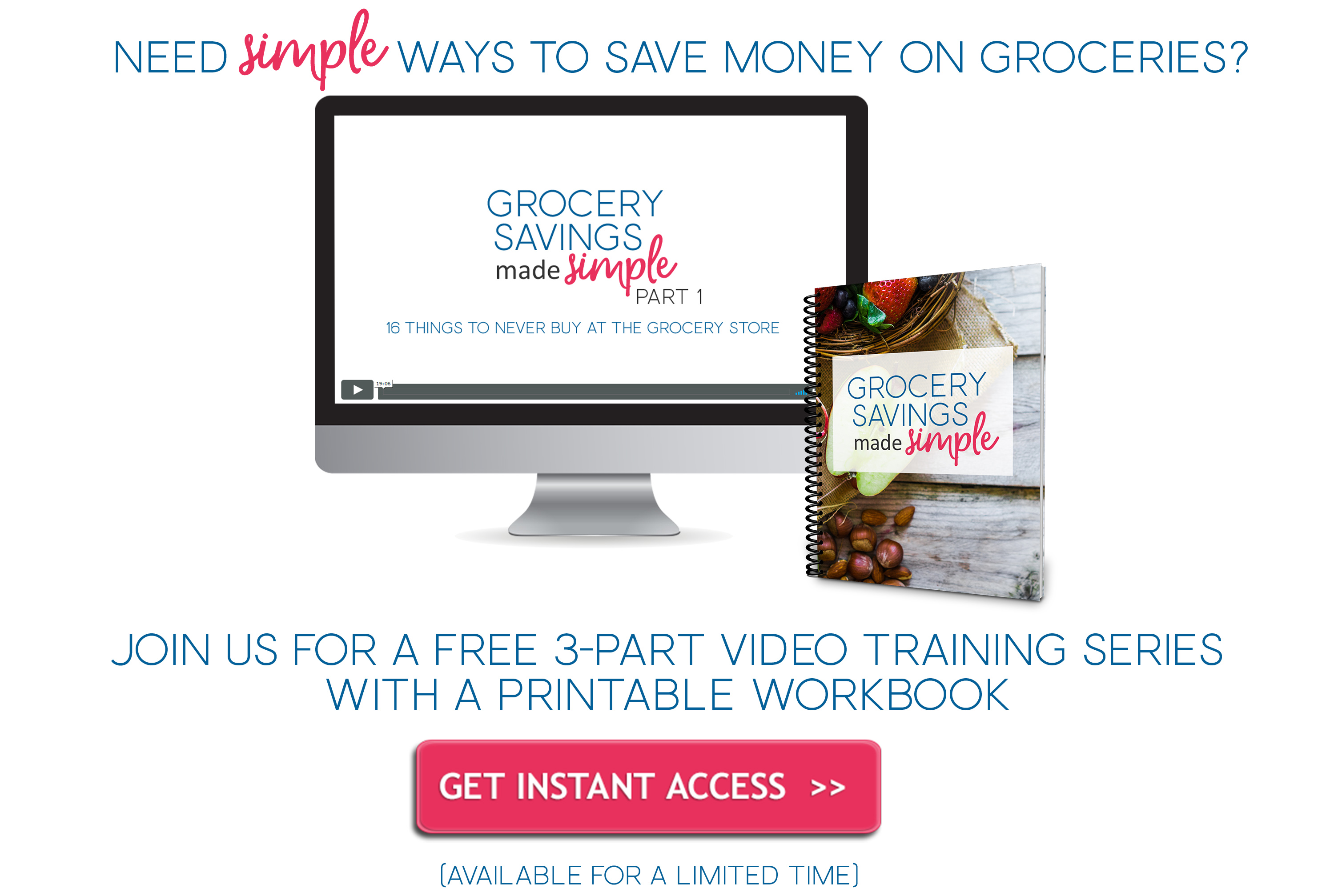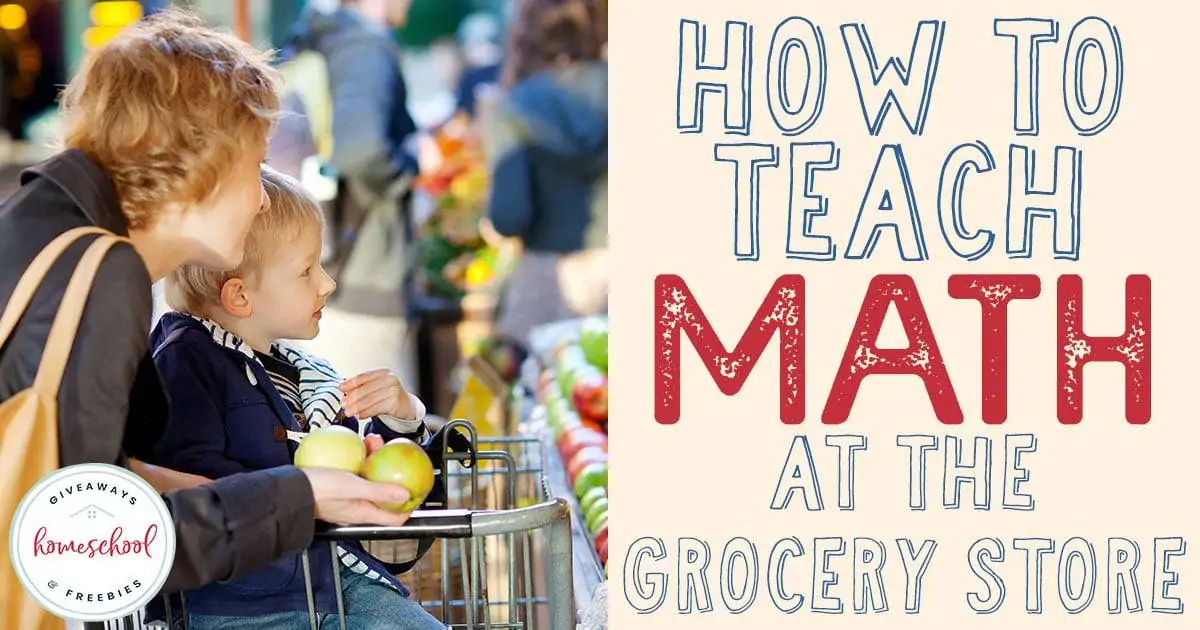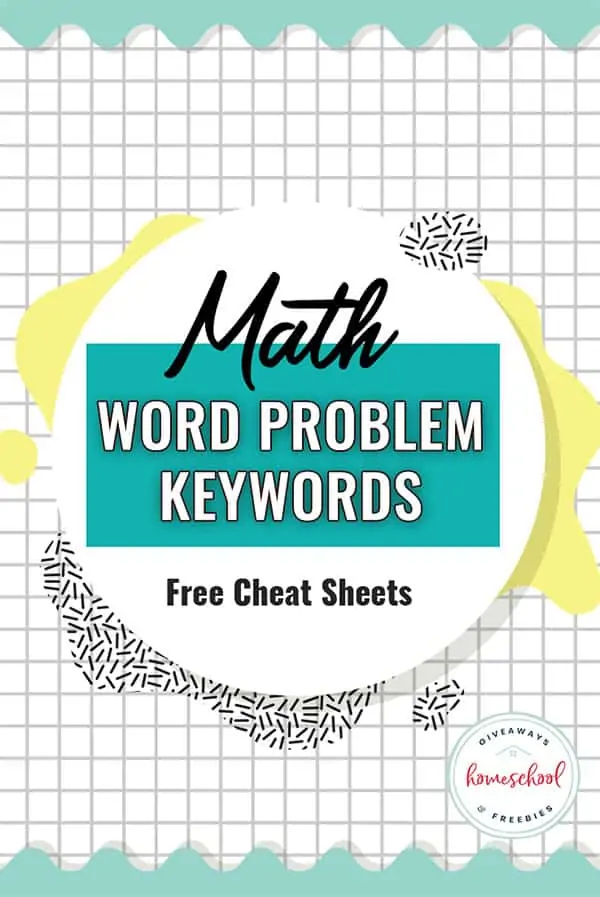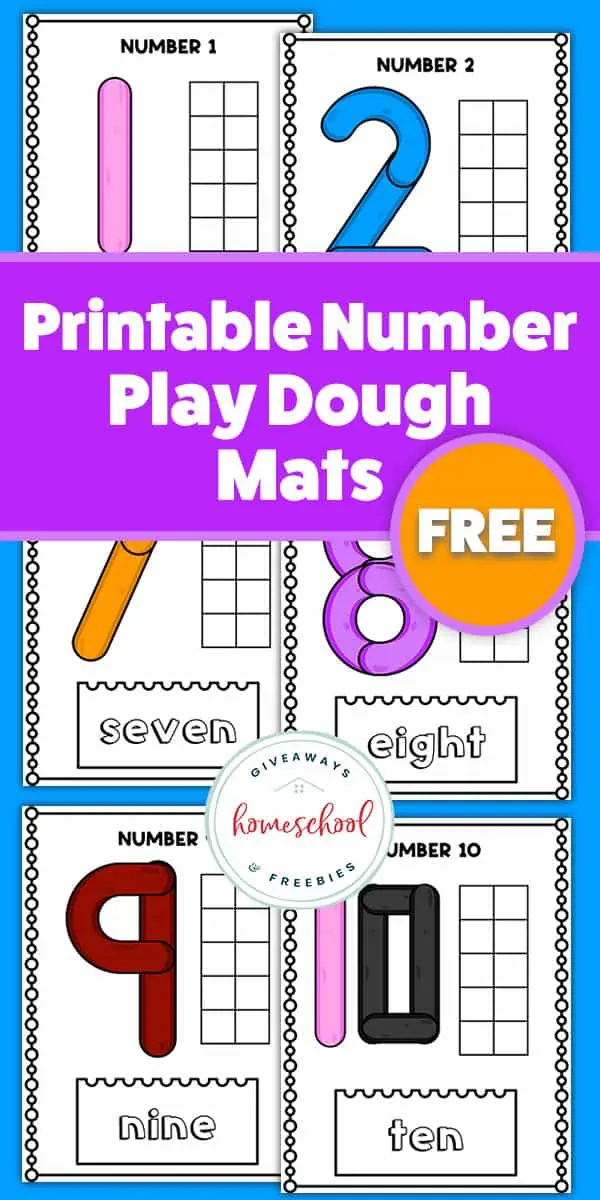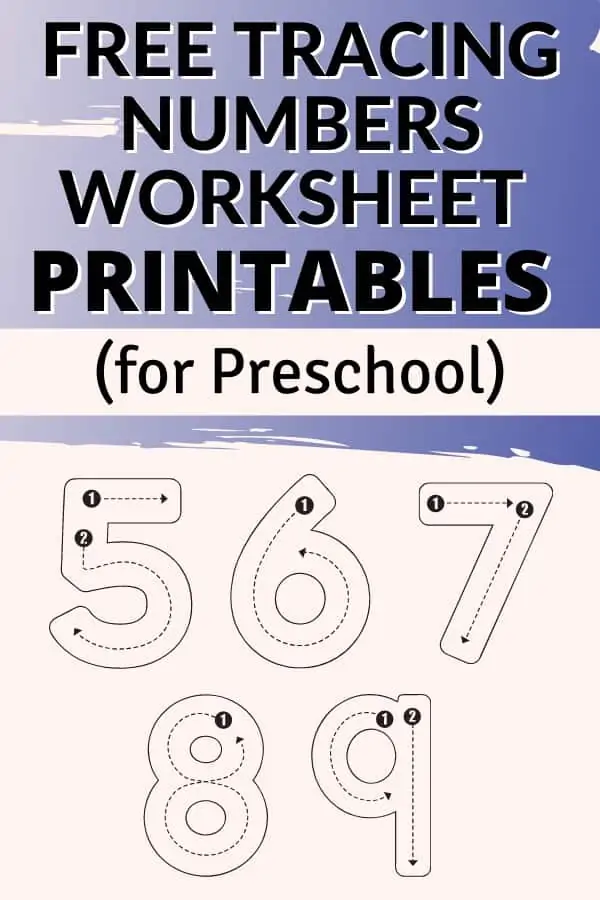How to Teach Math at the Grocery Store
Published:
March 8, 2019
Contributor:
Jeannette Tuionetoa
Disclosure: This post may contain affiliate links, meaning if you decide to make a purchase via my links, I may earn a commission at no additional cost to you. See my disclosure for more info.
Practical and real-life examples for teaching math lend themselves well to homeschooling. Weekly (or monthly if you are a supermom with a meal plan) trips to the grocery store can be the perfect chance for your kids to learn all about life skills and math.
How many times do we drag our children to the grocery store and they complain or just breeze by with us– bored out of their mind. Learn how to teach math at the grocery store to develop life skills they can use for a lifetime. Problem solved.
The grocery store is truly one of the best places to teach our children in a way that makes practical sense. Getting our children involved in the experience, from writing down our grocery list to putting the food away, makes a great learning experience for our future adults.
What is best about teaching your children math at a grocery store is that whether you have one child or ten children at every age, there is an educational activity for each of them geared towards where they are academically.
From preschool to teens, here are some ways you can incorporate mathematics in your grocery shopping experience:
-
Matching.
Use coupons to have young learners find items on the shelf. Of course, you can give them the general area or hints, so you aren’t stuck searching for items all day.
-
Shape identification.
If you are studying shapes with your little ones, they can name all the shapes they see in the product isles. You can also ask them to find a cylinder shape or a cone-shaped item as you walk and up and down the aisles.
-
Grouping.
After getting home from the grocery store, ask your child to group like items together. For example, ask your child to put all the cylinders/cans together or place all the boxes in a row.
-
Following directions and writing.
Let your child write down your grocery list as you tell them what your family needs from the store. While in the grocery store, your child can write down all the prices next to each item.
-
Addition practice.
Have your child calculate the grocery item lists (manually or on a calculator) before getting to the cash register.
-
Budgeting/subtraction.
Tell your child what budget you have for your grocery list. Have them subtract the actual amount of the groceries from the budget amount to see how much money, if any, is left over.
-
Estimation.
Select an item that is neatly arranged on the shelf. Have your child estimate how many of those items are on the shelf. Then have them actually count the items to see how close they got to the correct answer.
-
Price comparison.
Have your child compare the costs of different brand items. Older children should be calculating the cost and package size to compare which item will provide the best deal/value.
-
Multiplication.
The fruit and vegetable section is perfect for calculating how much it costs to purchase items by weight.
-
At-home wrap-up.
Kids at any age can help with putting away groceries. This helps children develop classifying and reasoning skills, also the ability to examine data and information. This also gives them the responsibility of helping as a member of the family and practice in being a servant.
Mathematics is part of everyday life. Although our kids may not need to know much about advanced calculus or the square root of pi, there are some basic math skills that they absolutely need and can learn with real-life application.
Teaching math at the grocery store is a win all around; mom or dad gets some help at the store and kids are practicing important life skills while learning.
Depending on where you live, you can find grocery deal sites that help you plan out your trips based on sales so you can stretch your grocery budget as far as it will go.
I have used Southern Savers before, but once we switched over to shopping the outer aisles only, figuring out how to save money on whole foods became a challenge.
Grocery Budget Bootcamp is an 8-week course teaching families step-by-step, how to eat healthy food for less money. They will be opening enrollment soon, so I recommend you get on the wait list!
Grab some grocery store fun for your young learners.
Creative Time Kids Supermarket Super Fun Playset With Shopping CartAt the SupermarketLearning Resources Play Supermarket Set, 93 PiecesKidKraft Grocery Marketplace


